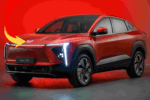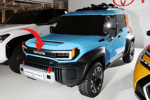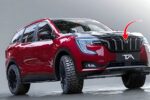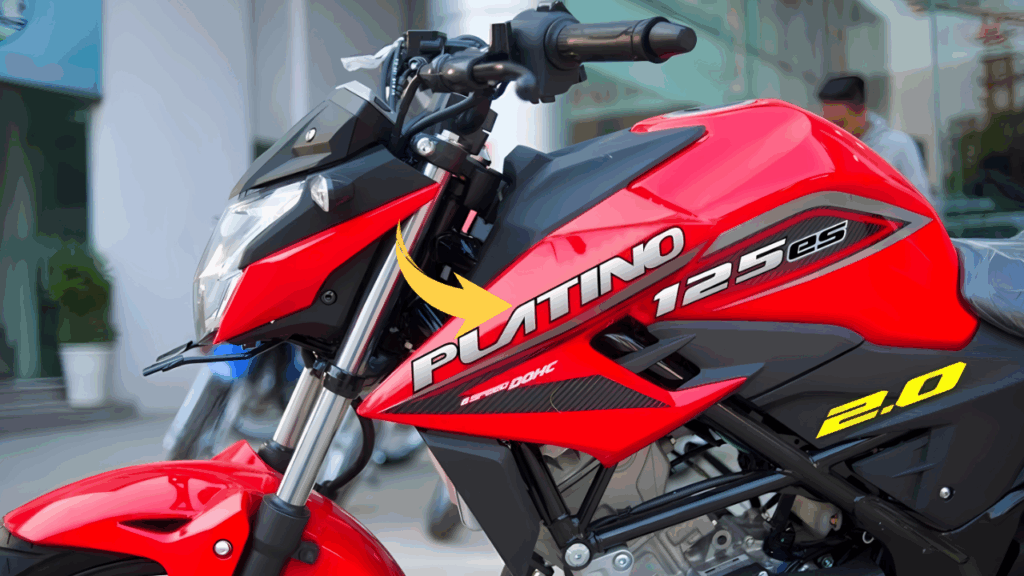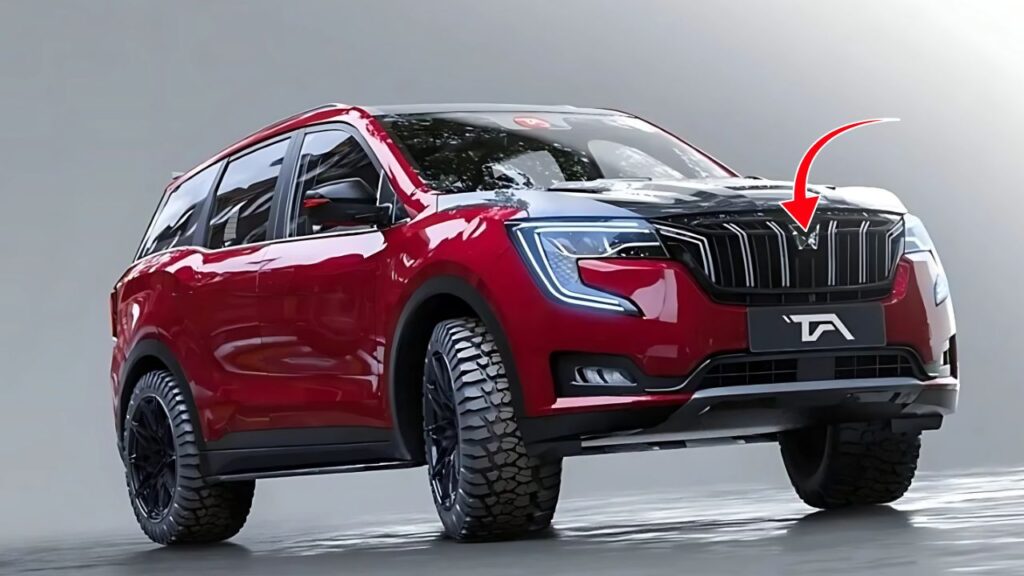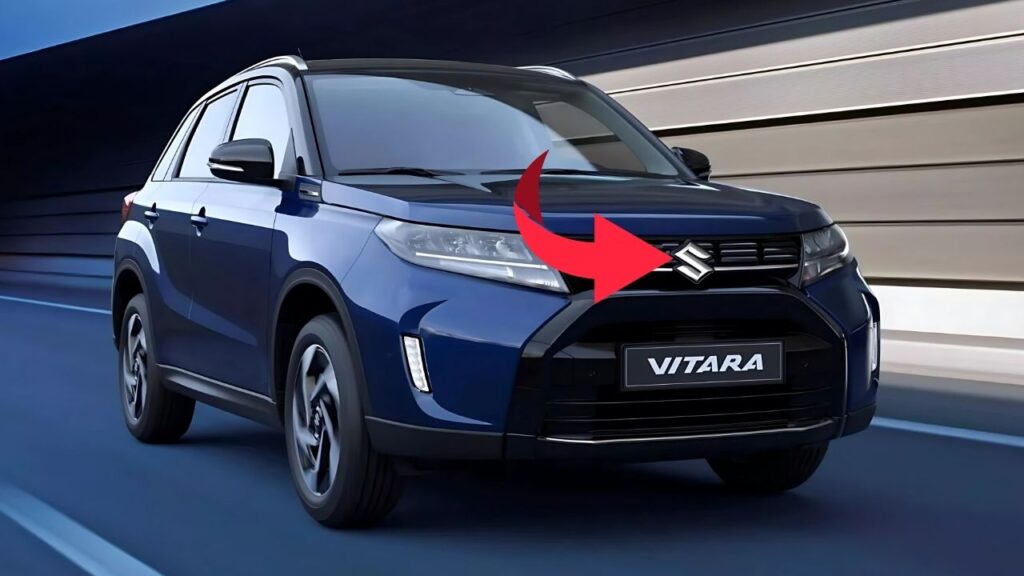Toyota Rumion: In the ever-evolving landscape of automotive design and functionality, Toyota continues to expand its diverse portfolio with vehicles that cater to specific market needs.
Among its newer offerings, the Toyota Rumion stands out as a compelling proposition for those seeking practicality, space efficiency, and the renowned Toyota reliability in a compact multi-purpose vehicle (MPV) package.
This model represents Toyota’s strategic approach to addressing the growing demand for versatile family vehicles in various global markets, particularly in regions where space-efficient design meets functional necessity.
Table of Contents
Toyota Rumion: Origins and Strategic Positioning

The Toyota Rumion emerged as part of Toyota’s collaborative strategy with Suzuki, a partnership that has yielded several cross-badged vehicles designed to leverage each manufacturer’s strengths in specific markets.
The Rumion is essentially Toyota’s version of the popular Suzuki Ertiga, adapted with Toyota’s design language and quality standards.
This approach allows Toyota to quickly expand its presence in the compact MPV segment without extensive development costs, while providing customers with a vehicle that combines Suzuki’s expertise in space-efficient small cars with Toyota’s reputation for reliability and service network.
Introduced first in markets like South Africa and later expanded to countries including India and parts of Southeast Asia, the Rumion fills an important gap in Toyota’s lineup.
It sits between the smaller hatchbacks like the Glanza and the larger, more premium MPVs like the Innova, offering an accessible entry point into the Toyota MPV family without compromising on essential functionality.
Design Philosophy: Practical Elegance
The exterior design of the Toyota Rumion embodies a philosophy that prioritizes function while maintaining a level of contemporary aesthetic appeal.
The front fascia features Toyota’s recognizable design elements, including a trapezoidal grille flanked by sleek headlamps that provide a modern, somewhat understated presence on the road.
The overall silhouette is characteristic of the compact MPV segment – a tall roof line, generous greenhouse, and proportions that maximize interior volume while keeping the exterior footprint manageable for urban environments.
From the side profile, the Rumion presents clean lines with minimal embellishments, allowing the focus to remain on the vehicle’s practical nature.
The slightly raised stance offers improved visibility for the driver and facilitates easier ingress and egress for passengers – a thoughtful consideration for a family-oriented vehicle.
The rear design continues the clean, unfussy approach with vertically oriented taillights and a tailgate designed for easy access to the cargo area.
While not revolutionary in its styling, the Rumion’s design successfully communicates its purpose – a no-nonsense, practical family vehicle that prioritizes space utilization and accessibility over flashy design elements.
This approach aligns perfectly with the expectations of its target demographic: practical-minded families and fleet operators who value function over form.
Interior: Space Optimization and Thoughtful Features
Step inside the Toyota Rumion, and its true character becomes immediately apparent.
The interior design philosophy centers around maximizing usable space and providing a comfortable environment for all occupants across three rows of seating.
The dashboard layout is straightforward and ergonomically sound, with essential controls positioned within easy reach of the driver.
Material quality throughout the cabin strikes a balance between durability and comfort – surfaces that occupants frequently interact with receive softer touch materials, while high-wear areas utilize more robust finishes that will withstand the rigors of family use.
The color palette typically features neutral tones that create a sense of airiness in the cabin, enhanced by the generous window area that allows abundant natural light to enter the space.
One of the Rumion’s standout features is its seating flexibility. The three-row configuration accommodates seven passengers, with the second and third rows offering various folding options to transform the interior according to changing needs.
With all seats in place, the vehicle comfortably transports a large family. Fold the third row, and substantial cargo space becomes available.
Fold both rear rows, and the Rumion transforms into a capable hauler for larger items – versatility that defines the very essence of an MPV.
Throughout the cabin, thoughtful storage solutions abound – door pockets sized for water bottles, multiple cup holders strategically placed for all passengers, under-seat storage areas, and various bins and cubbies help keep the interior organized during daily use or longer journeys.
Higher trim levels offer additional amenities such as automatic climate control with rear vents ensuring comfort for all passengers regardless of their seating position.
Technological Integration: Practical Connectivity
The technological offerings in the Rumion reflect its positioning as a practical family vehicle rather than a showcase for cutting-edge innovation.
The infotainment system centers around a touchscreen display (size varying by market and trim level) that provides access to essential functions including audio settings, Bluetooth connectivity for hands-free calling and music streaming, and in some markets, smartphone integration through Apple CarPlay and Android Auto.
The instrument cluster delivers necessary information clearly and without unnecessary complexity – speed, fuel level, engine temperature, and trip information are presented in an easily digestible format that doesn’t distract from the driving task.
Higher trim levels may include additional features such as a multi-information display providing fuel economy data, maintenance reminders, and other vehicle status information.
Safety technology includes the essential systems expected in a family vehicle: anti-lock brakes, electronic brake-force distribution, dual front airbags (with side and curtain airbags available in higher specifications), and in some markets, stability control systems.
While not outfitted with the most advanced driver assistance systems found in premium vehicles, the Rumion provides the fundamental safety features necessary for family transportation in its target markets.
Powertrain Options: Efficiency and Reliability
The Toyota Rumion typically offers a straightforward powertrain lineup focused on reliability and efficiency rather than outright performance – an appropriate approach for a vehicle in this category.
The most common engine option is a 1.5-liter naturally aspirated four-cylinder petrol engine, producing approximately 103 horsepower and 138 Nm of torque.
This modest output is well-suited to the vehicle’s purpose, providing adequate acceleration for urban environments while maintaining excellent fuel economy.
Transmission options generally include a five-speed manual gearbox that offers direct control for drivers who prefer it, and a four-speed automatic that provides smooth, hassle-free operation particularly valued in stop-and-go traffic conditions.
Some markets may also receive additional powertrain options, potentially including small-displacement diesel engines or alternative fuel configurations depending on local preferences and regulations.
The suspension system employs a MacPherson strut configuration at the front and a torsion beam arrangement at the rear – a common setup in this vehicle class that balances ride comfort, handling stability, and manufacturing cost-effectiveness.
The tuning of the suspension prioritizes ride comfort over sporty handling characteristics, absorbing road imperfections before they disturb the cabin occupants.
Fuel efficiency stands as one of the Rumion’s key selling points, with the vehicle capable of achieving approximately 18-20 kilometers per liter in combined driving conditions (varying by powertrain configuration and driving style).
This economy makes it an attractive proposition for families and fleet operators alike who consider running costs a significant factor in their purchasing decisions.
Market Reception and Position
The Toyota Rumion has found particular success in markets where practical, affordable family transportation takes precedence over luxury appointments or performance credentials.
In countries like India and South Africa, the combination of Toyota’s trusted brand reputation and the vehicle’s space-efficient design has resonated with consumers seeking maximum utility at an accessible price point.
For many buyers, the Rumion represents their entry into the Toyota ecosystem – a stepping stone that may lead to other Toyota products as their needs and financial situations evolve.
Toyota’s extensive service network and reputation for low maintenance costs further enhance the Rumion’s appeal, particularly in regions where after-sales support can be inconsistent across brands.
Fleet operators, including taxi services and corporate transportation providers, have also embraced the Rumion for its combination of passenger capacity, fuel efficiency, and Toyota’s proven record of mechanical durability.
The straightforward mechanical package promises minimal downtime and predictable operating costs – essential factors for businesses that depend on vehicle reliability.
Competitive Landscape
Within its segment, the Toyota Rumion faces competition from established models like the Suzuki Ertiga (its technical cousin), Maruti Suzuki XL6, Honda Mobilio, and in some markets, the Mitsubishi Xpander and Daihatsu Xenia/Toyota Avanza.
Each competitor offers its unique blend of features, pricing, and brand associations, but the Rumion differentiates itself primarily through the strength of Toyota’s reputation for quality and reliability.
The competitive advantage often lies less in specific technical specifications or features and more in the intangible value of the Toyota badge – the promise of trouble-free ownership and strong resale value that has been cultivated through decades of consistent product quality.
For many customers, particularly in developing markets, this brand equity represents significant value that influences purchasing decisions beyond the vehicle’s physical attributes.
Future Outlook and Evolution
As automotive markets globally continue their gradual shift toward electrification, the future evolution of the Rumion will likely include hybrid powertrain options to improve fuel efficiency while maintaining the practicality that defines the vehicle.
Toyota’s extensive experience with hybrid systems positions them well to implement this technology across their lineup, including models like the Rumion.
The compact MPV segment itself faces both challenges and opportunities as consumer preferences evolve.
While some markets show increased preference for SUV-styled vehicles, the fundamental need for space-efficient family transportation remains constant, suggesting that vehicles like the Rumion will continue to find their audience, particularly in densely populated urban environments where parking space comes at a premium.
Toyota Rumion: Pragmatic Excellence
The Toyota Rumion embodies a particular automotive philosophy that prioritizes practical functionality over flash – a vehicle designed to serve rather than to impress.
In executing this mission, it achieves a kind of excellence that may not generate enthusiast excitement but earns the genuine appreciation of those who value rational transportation solutions.
For families needing versatile space, businesses requiring reliable fleet vehicles, or individuals seeking maximum utility from their automotive investment, the Rumion delivers Toyota’s interpretation of the compact MPV formula.
It represents the company’s understanding that while automotive desires may be complex and varied, certain fundamental needs remain constant – safe, efficient, flexible transportation that accommodates both people and their possessions with minimal fuss.
In a market often captivated by the latest styling trends or technological novelties, the Toyota Rumion stands as a reminder that thoughtful execution of basic transportation needs remains a valuable automotive discipline – one that Toyota continues to master across diverse global markets and user requirements.
